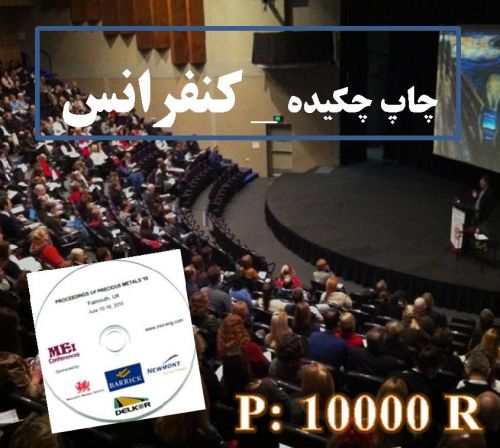Abstract Introduction & Aim: Migraine is a complex headache disorder characterized by repeated attacks of pulsating or throbbing, often unilateral, head pain of moderate to severe intensity that last 4–72 h. Headache is typically accompanied by nausea, phono phobia, and photophobia. Based on recent studies, psychological factors may affect the severity, frequency and duration of migraine attacks. The aim of this study was to investigate the relationship between early maladaptive schemas and brain- behavioral systems in the patients with migraine headache. Methods: Sample size was 75 (male and female) patients that was arrived based on Cochran’s formula. Among the clients referred to neurology clinics patients with migraine headaches were selected by convenience sampling, and they completed Young’s Early Maladaptive Schemas (YSQ-SF), and Gray Wilson Personality Questionnaire(GWPQ), and Ahvaz Migraine Questionnaire (AMQ). Statistical analyses conducted by correlation coefficient and stepwise regression. Results: The results of this study showed that there is a positive and significant relation between Behavioral Activation System and defectiveness component. There is also a positive and significant relationship between Behavioral Inhibition System with emotional deprivation, abandonment, social isolation, defectiveness, failure, Incompetence, vulnerability, Enmeshment and obedience. The Fight/Flight System has a positive and significant relationship with the components of emotional deprivation, abandonment, social isolation, defectiveness, failure, Incompetence, vulnerability, Enmeshment, obedience and Self- sacrifice. Conclusion: The results obtained from the current research indicate that early maladaptive schemas can act as the foundation of emotional and behavioral tendencies in the patients with migraine headaches.
کلید واژگان :Early Maladaptive Schemas; Brain- behavioral systems; Migraine
ارزش ریالی : 200000 ریال
با پرداخت الکترونیک
جزئیات مقاله
- کد شناسه : 7151121327764517
- سال انتشار : 2017
- نوع مقاله : چکیده مقاله پذیرفته شده در کنفرانس ها(فایل کامل مقاله بارگزاری گردد)
- زبان : انگلیسی
- محل پذیرش : چهارمین کنگره بینالمللی پزشکی روانتنی
- برگزار کنندگان : مرکز تحقیقات روان تنی(اصفهان)- دانشگاه آلبرت لودویگز فرایبورگ - موسسه علمی تحقیقاتی دانش تندرستی
- تاریخ ثبت : 1396/08/30 00:57:57
- ثبت کننده : عاطفه بشیری نژادیان
- تعداد بازدید : 282
- تعداد فروش : 0
